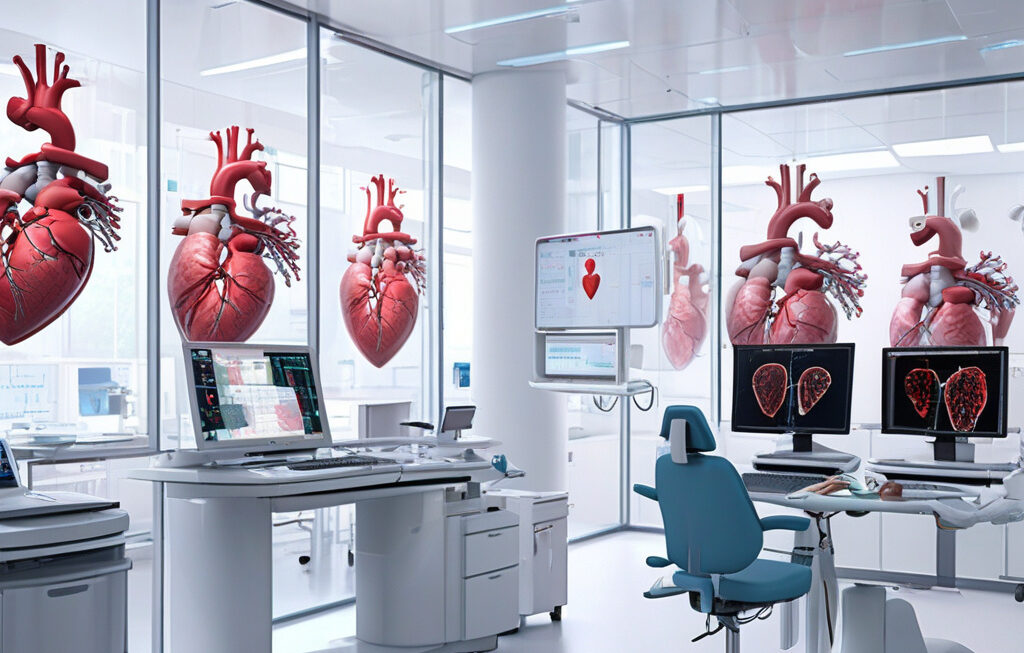AI-Powered Brain Implant Turns Thoughts into Words in Real-Time
The realm of technology and human innovation has once again intertwined to bring forth a groundbreaking development in the field of neuroscience. An AI-powered brain implant has enabled a paralyzed woman to communicate in real-time, setting a new benchmark in brain-computer interface technology. This remarkable achievement not only showcases the potential of artificial intelligence but also highlights the incredible possibilities that lie ahead in merging man and machine for the betterment of human lives.
The implications of this AI-powered brain implant are nothing short of revolutionary. By decoding the neural signals associated with speech production, the implant can translate these signals into actual words, allowing the paralyzed individual to express her thoughts and communicate with others in real-time. This not only restores the fundamental human right of communication to those who have lost it but also opens up a world of possibilities for individuals with speech impairments or conditions that limit their ability to communicate effectively.
The technology behind this AI-powered brain implant is as complex as it is fascinating. By leveraging advanced artificial intelligence algorithms, the implant is able to interpret the neural signals in the brain that are typically associated with the formation of speech. These signals are then translated into words with a high degree of accuracy, enabling the individual to convey their thoughts and engage in conversations just like anyone else. This seamless integration of AI and neuroscience marks a significant leap forward in the quest to unlock the full potential of the human brain.
One of the most remarkable aspects of this AI-powered brain implant is its real-time functionality. Unlike previous iterations of brain-computer interfaces that had noticeable delays in processing and translating neural signals, this new implant operates with remarkable speed and efficiency. This means that the individual using the implant can communicate in a fluid and natural manner, without the frustrating lag that has hindered previous attempts at similar technologies. The real-time nature of this innovation not only enhances the user experience but also paves the way for further advancements in the field of neural interfaces.
The successful implementation of this AI-powered brain implant serves as a testament to the power of collaboration between technology and healthcare professionals. By bringing together experts from various disciplines, including neuroscience, artificial intelligence, and biomedical engineering, this project has demonstrated what can be achieved when knowledge and expertise are combined towards a common goal. This interdisciplinary approach not only ensures the success of such complex endeavors but also fosters innovation and creativity in solving some of the most pressing challenges faced by humanity.
Looking ahead, the potential applications of this AI-powered brain implant are vast and varied. From assisting individuals with speech impairments to enhancing communication capabilities for those with neurodegenerative diseases, the impact of this technology on society is bound to be profound. As researchers and developers continue to refine and improve upon this innovation, we can expect to see even more incredible feats achieved in the realm of brain-computer interfaces.
In conclusion, the emergence of an AI-powered brain implant that turns thoughts into words in real-time represents a monumental achievement in the field of neuroscience and artificial intelligence. By enabling a paralyzed woman to communicate effectively, this technology has not only improved the quality of life for one individual but has also opened up a world of possibilities for countless others facing similar challenges. As we continue to push the boundaries of what is possible at the intersection of man and machine, the future looks brighter than ever for those in need of assistive technologies.
AI, BrainComputerInterface, Innovation, Neuroscience, Communication












